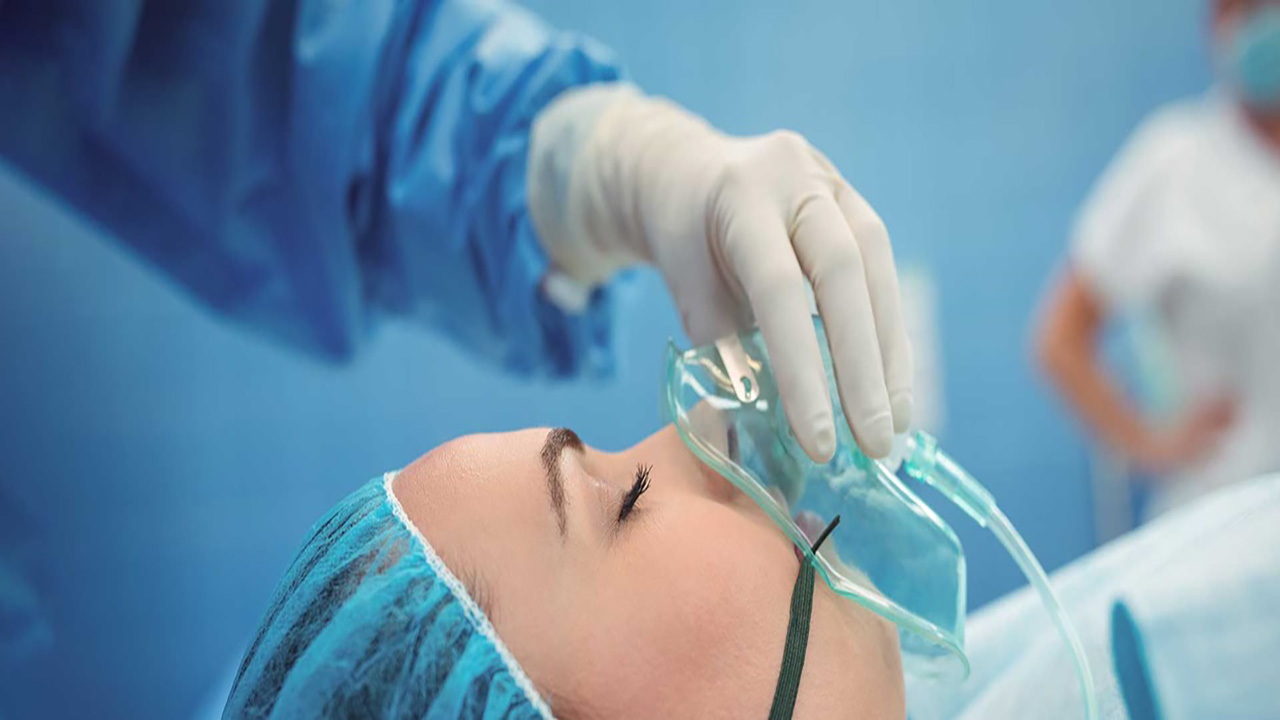
 Dentist Channel Online
Dentist Channel Online
General anesthesia is a reversible state of central nervous system (CNS) depression, resulting in loss of response and perception of external stimuli. They depress the central nervous system and normal homeostatic reflexes to a sufficient degree to permit the performance of surgery and other noxious or unpleasant procedures.
For patient General anesthesia should be:
For surgeon General anesthesia should be:
For anesthetist General anesthesia should be:
Mechanism of Action
Cellular Mechanisms of Anesthesia
Molecular Actions of General Anesthetics
Article by Dr. Siri P. B.

Hailey - 9 months ago